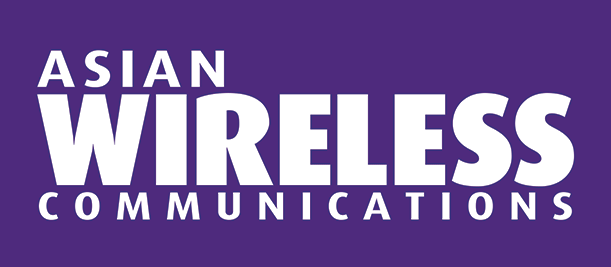17 October 2023

ABI Research reports that the FWA market for southeast Asia is expected to reach 7.8 million subscriptions by 2028, a compound annual growth rate (CAGR) of 13%. That also translates into US$2.23 billion in FWA service revenues by the end of 2028.
The rise in 5G rollouts and meeting the demand for broadband to support the rising necessity of digital connectivity in the region are key drivers. As such, says ABI, most FWA movement is expected to be concentrated in markets like Indonesia, the Philippines, and Malaysia, which have fixed-line broadband penetration rates below 50%. By contrast, there’s less demand for FWA is places like Thailand and Vietnam, which have more widespread fibre availability. Indonesia and the Philippines are also keen on FWA because both are archipelagos with challenging terrain. Operators like Telkomsel, PLDT/Smart and Globe Telecom have already launched 5G FWA services.
The obvious selling points of FWA don’t, however, guarantee success. ABI Research reported that in the Philippines, FWA subscriber numbers are dropping. In its 1Q 2022 financial statement, Globe Telecom reported 2.4 million FWA subscribers – a year later, that number was down to 1.2 million. PLDT/Smart also reported a drop in FWA subscribers for the same period. Both reported an increase in fixed-broadband subscriptions.
Sarah Yong, southeast Asia digital transformation research analyst at ABI Research, said that there are a couple of potential factors to account for this: operators selling off tower assets (which impacts their ability to offer FWA services), and the fact that fibre rollouts are still ongoing, indicating that operators continue to see FWA as a placeholder until fibre is available.
“By offering a service that is prepaid and, therefore, on demand with no lock-in period, it is working to connect the unconnected in an attractive and different way,” said Yong.
Yong also notes that the entry of satellite broadband players like Starlink and Astranis into the Philippines ISP sector may also be a factor in FWA’s decline, although it’s an expensive option for users.
Whether FWA ends up a stopgap for fibre access or a viable broadband alternative may hinge on the progress of 5G rollouts – particularly millimetre-wave 5G, which is the next step for 5G FWA. Telkomsel is planning to roll out 5G mmWave FWA services following tests with Ericsson and Qualcomm earlier this year, and if the rollout is a success, other operators in southeast Asia could follow their lead.
“It is important to consider other factors such as spectrum availability, regulatory environments, and collaborations between the private and public sector when implementing FWA initiatives,” said Jake Saunders, ABI’s VP for Asia Pacific.






